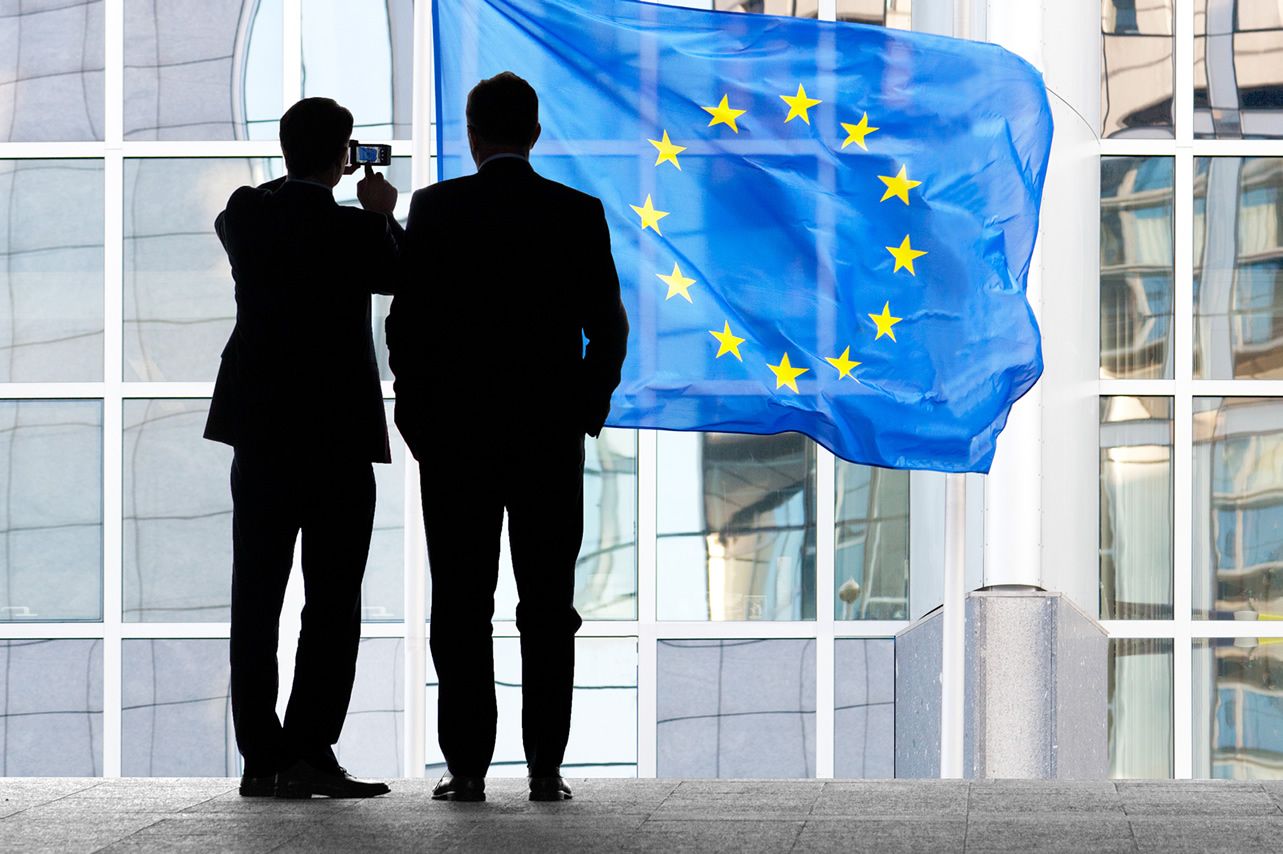Euro-Dollar Probing 1.19 After Economic Rebound Trounces Expectations
- Written by: Gary Howes
-
- EUR/USD at July highs & probing above 1.19
- GDP up 2% in Q2, CPI up on statistical quirks
- Drawing line under EZ’s rocky start to 2021

Image © Adobe Stock
- EUR/USD reference rates at publication:
- Spot: 1.1889
- Bank transfers (indicative guide): 1.1467-1.1550
- Money transfer specialist rates (indicative): 1.1776-1.1800
- More information on securing specialist rates, here
- Set up an exchange rate alert, here
The Euro-to-Dollar exchange rate reached month highs and was looking to reclaim 1.19 in the final session of the week after data from Eurostat suggested expectations of the Eurozone economy may have become too downbeat following a turbulent start to the current year.
Europe’s economy grew at a quarter-on-quarter pace of 2% during the three months to the end of June, faster than the 1.5% increase implied as likely by measures of consensus among economists, data showed on Friday.
This more than reversed the -0.3% contraction seen during the opening months of the year when, like in many other parts of the world, much of the continent was subject to economically damaging business closures and draconian restrictions on social contact.
“While the Delta variant and supply chain problems are significant risks to the outlook, we do expect the rebound to maintain this brisk pace in the third quarter,” says Bert Colijn, a senior Eurozone economist at ING.
“Despite all of the greening efforts, the eurozone economy continues to perform like a diesel engine: it takes a while to get going but don't underestimate it once it’s picked up steam,” Colijn adds.
Source: Eurostat.
Secure a retail exchange rate that is between 3-5% stronger than offered by leading banks, learn more.
Separately but at the same time Eurostat also said that the unemployment rate for the single currency bloc was 7.7% in June and at the end of the above referenced period, down from an upwardly-revised 7.9% previously and also lower than the 7.9% anticipated by consensus for June.
In addition the Eurozone inflation rate rose above 2% for the first time since October 2018 when reported as 2.2% for the month of July, which leaves it sitting a touch above the symmetric 2% target level of the European Central Bank (ECB), having lifted from 1.9% previously.
Core inflation was much lower however, having remained static at 0.7%, indicating that much of the inflation pressure implied by the above number is the result of volatility in energy prices and changes in regulated price items like alcohol and tobacco all of which are ignored by the core measure.
“The growth rates in the individual countries differ substantially, which is due on the one hand to the different timing of the easing of the Corona restrictions and on the other hand to the strength of the previous slump,” says Dr Ralph Solveen, an economist at Commerzbank.
“At the same time, the underlying price pressure remains relatively moderate for the time being,” Solveen says.
Above: Euro-to-Dollar exchange rate shown at hourly intervals alongside GBP/USD.
{wbamp-hide start}
{wbamp-hide end}{wbamp-show start}{wbamp-show end}
The Euro-to-Dollar exchange rate was already on its front foot by the time Eurostat released its estimate of the bloc’s overall performance for last quarter, potentially as many of the individual country numbers were released earlier in the European morning session.
The single currency edged higher above the 1.19 handle subsequently to trade at levels not seen since late June.
“Month‑end portfolio rebalancing flows offer modest EUR buying against the USD at the 4pm London fix today. Solid economic data in the Eurozone might also offer some support,” says Kevin Xie, a strategist at Commonwealth Bank of Australia.
Euro-Dollar was previously one of the first to benefit on Wednesday when Federal Reserve (Fed) Chairman Jerome Powell implied that economists, analysts and financial markets may have been too optimistic when anticipating that the Bank would be likely to announce in September its yet-to-be-agreed plans to end the Fed’s $120BN per month quantitative easing programme.
While speaking in a press conference following Wednesday’s decision, Chairman Powell’s remarks were followed by a wave of Dollar selling which had persisted into the final session of the week and may also have been supporting the Euro-Dollar rate following Friday’s data.
Above: Euro-to-Dollar exchange rate shown at daily intervals alongside GBP/USD.














